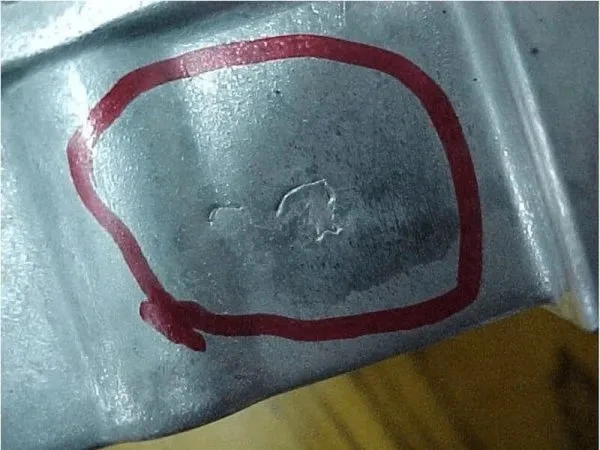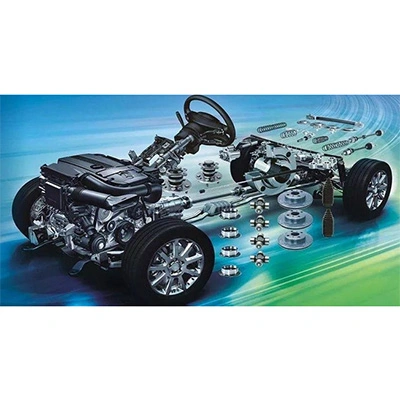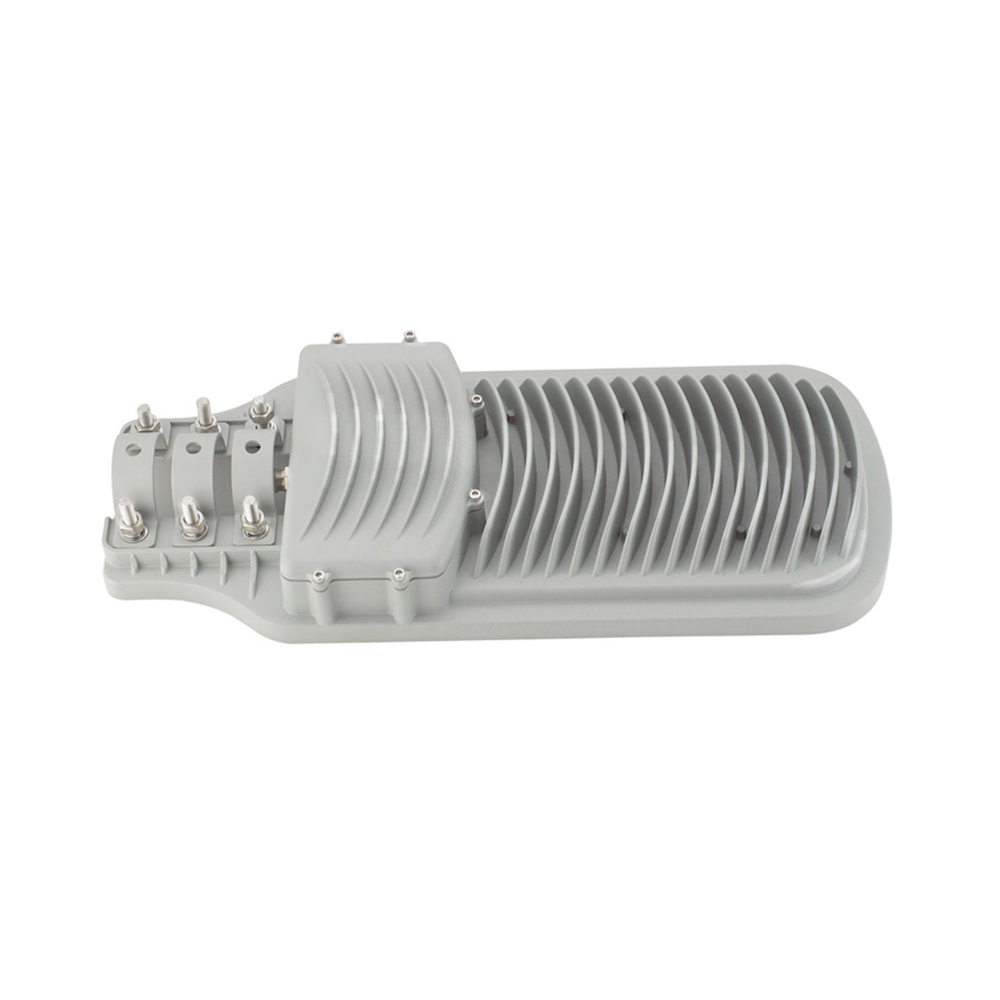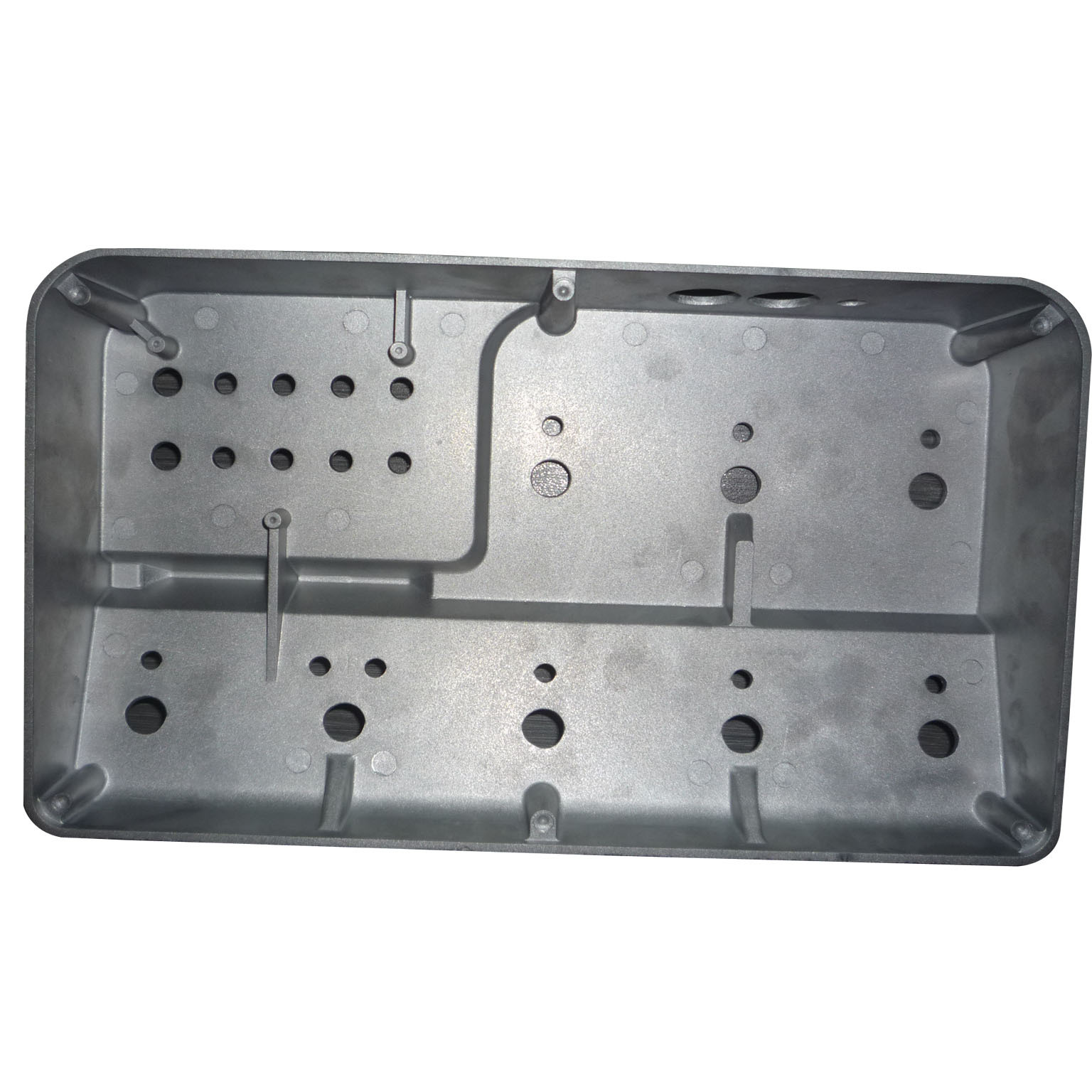

In the production of aluminium die casting parts, there are many factors that affect the peeling of die-casting parts. Generally speaking, it is caused by improper fusion of molten metal, that is, the casting structure in the peeling area does not form a metallurgical bond. Similar to the cold shut defect, peeling is related to the temperature of the molten aluminum, the mold, and the way the molten metal enters the cavity.
Peeling defects caused by product structure. Product structure limitations lead to peeling defects. The aluminum liquid inside the hot section breaks out and flows out, forming aluminum skin. Uneven wall thickness can easily form partitions.
Peeling defects caused by mold structure. Problems such as flow channel design, filling stability, and trapped air phenomenon lead to poor fusion of molten aluminum.
Peeling defects caused by the die-casting process. The temperature of the aluminum liquid does not match the temperature of the mold, and the high-speed stroke is short, resulting in weak bonding of the metal layer. The surface layer easily peels off during shot blasting.
Measures to prevent peeling defects and other aluminium die casting defects caused by product structure: uniform wall thickness, rib design, temperature adjustment, and pressurization delay.
Measures to prevent peeling defects caused by mold structure: improve gate structure, optimize incident angle, design reasonable sprue, increase slag bag volume, and grid reinforcement.
Measures to prevent peeling defects caused by the die-casting process: control pouring temperature and mold temperature, reasonably switch between high and low-speed positions, and reduce the use of release agents and lubricants.
The factors affecting peeling defects in castings are complex and diverse. Each step of the production process requires caution and conscientiousness. Corresponding measures should be taken when related problems are found to reduce the number of scraps caused by peeling defects. Learn more from the aluminium die casting companies in China.


